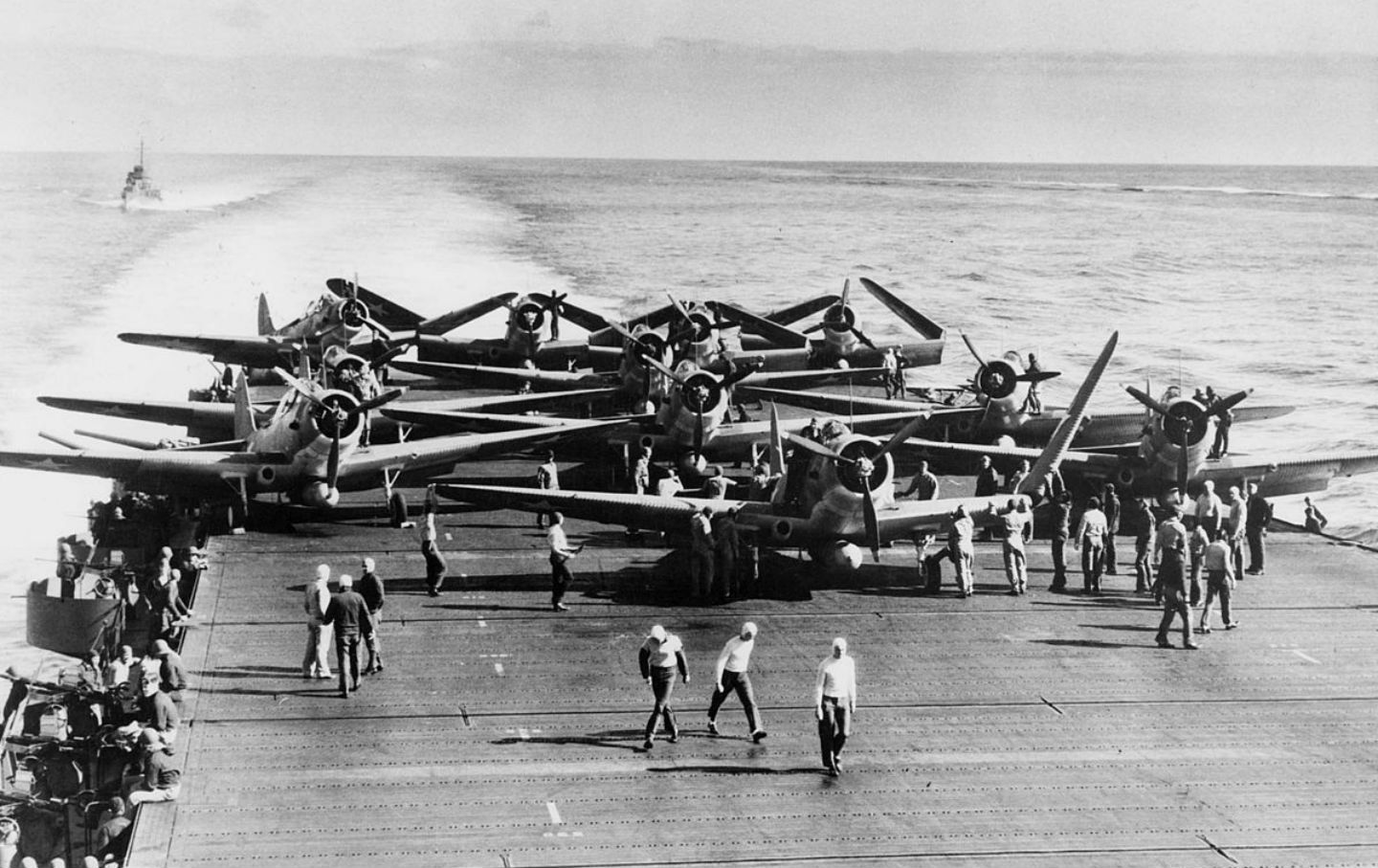How the Imperial Japanese Navy Ensured their Defeat at the Battle of Midway
The Overconfidence of Japanese Leadership
The Imperial Japanese Navy entered the Battle of Midway suffering from severe overconfidence and underestimation of their enemy. Having enjoyed early victories against Western powers like Russia and China, as well as rapid expansion through Southeast Asia following the attack on Pearl Harbor, the Japanese military culture had developed a mindset of invincibility. Commanders like Yamamoto planned elaborate operations expecting the Americans to play their assigned roles without deviation. This attitude was reinforced by the victory disease that dismissed concerns or ideas contrary to established plans. Despite clear warnings from the reversals at Coral Sea that showed American carriers could damage the Japanese, overconfident leaders like Nagumo made critical mistakes in their planning for Midway. Insufficient scouting left the carriers exposed to surprise attacks, while splitting forces weakened their strength at a decisive moment. Cultural pressures against dissent meant no one objected to obvious flaws that left the fleet vulnerable.

A Fatally Flawed Operational Plan
Yamamoto’s master plan to draw out and destroy the American fleet at Midway contained multiple gaps and contradictions that ensured failure. Splitting forces meant less strength was concentrated against the immediate threat of American carriers. Sending light carriers on peripheral missions deprived Nagumo of valuable airpower. Leaving the battle-tested carrier Zuikaku at home was a decision based on overconfidence, not wisdom. Most critically, the Japanese lacked flexibility to respond to situations deviating from their script. When scout planes spotted American ships, Nagumo reacted aggressively instead of withdrawing to consolidate, as a vulnerable carrier fleet should. Maintaining operational security mattered more than warning subordinates of new intelligence. The presence of American aircraft on Midway, able to bombard the Japanese from an unsinkable carrier, was not properly accounted for.
Poor Intelligence and Reconnaissance Efforts
Despite hard-won lessons from Coral Sea on the importance of effective scouting, the Japanese made minimal attempts to gather accurate intelligence before attacking Midway. Early-warning submarine patrols failed to detect American movements, while naval aviation allocated inadequate time and planes for reconnaissance missions. A half-hearted night torpedo attack from American Catalinas went unheeded.
When vital information on American carriers was obtained, it was mishandled. Yamamoto opted against informing Nagumo, putting secrecy over operational needs. The lone scout plane that sighted the American fleet at dawn was unable to transmit due to equipment failure, concealing this critical find. Lax procedures allowed a golden chance for surprise to slip away due to individual failings, not resilient processes. Without aggressively collecting intelligence, Japanese commanders remained blind to realities confronting them.
Vulnerable Carrier Design Hampered Response
The architectural weaknesses of Japanese fleet carriers, designed for offense over defense, contributed greatly to their destruction at Midway. Flimsy wooden flight decks and internal arrangements packed with ordnance presented massive fire hazards from even a few bomb hits. Inadequate damage control teams meant blazes could not be contained as on better-protected American carriers. Critically, keeping portions of aircraft below decks prevented a rapid response to attacks. When American dive bombers struck, there was no ready reserves to launch against the dwindling torpedo planes and Devastators. Later, Hiryu’s surface forces were sacrificed in a desperate but futile “banzai charge” against the Americans once her airgroups were wiped out. Superior American carrier defenses like armored flight decks and damage mitigation allowed them toabsorb damage like Yorktown and live to fight another day.
Shortage of Skilled Personnel Doomed Recovery Efforts
Beyond the loss of four fleet carriers at Midway, the Japanese suffered a collapse in the human capital that fueled naval airpower. Over 600 highly-trained pilots, more than their annual graduate output from flight schools, were killed in action. Damage also eliminated the bulk of skilled technicians and crews needed to rapidly turnaround aircraft between sorties. This deficit could not be remedied as new pilots were rushed through abbreviated training programs no match for combat-seasoned Americans. Combined with the utter destruction of carrier air groups, replacing experienced personnel proved impossible. Japan’s small cadre of elite naval aviators, once the best in the world, was effectively eliminated at Midway, depriving the country of its most potent edge in carrier warfare. Thus the technical victory of sinking two American fleet carriers was an strategic defeat that doomed later efforts.
Unsustainable Production Strains Became Apparent
While the Combined Fleet could still field battleships and cruisers months after Midway, the IJN’s qualitative edge disappeared as new Allied platforms like Essex-class supercarriers and long-ranged fighters entered service in 1943. American industrial juggernaut enabled rapidly replacing losses, while Japanese war production peaked in 1942. Meanwhile, the loss of critical skillsets and experienced leaders could not be promptly substituted. Deficiencies in pilot training hampered Japan’s dwindling air forces. Production bottlenecks meant new carriers Taiho and Shinano entered too late, with weaker defenses than their American equals. Facing an opponent with virtually unlimited resources, Japan’s technical proficiency was overmatched by American numerical and qualitative advantages magnified monthly since Midway. The Imperial Japanese Navy was never able to recover its former formidable strength.
Conclusion
The catastrophic outcome of Midway stemmed from multiple, interconnected flaws in Japanese strategic thinking and defense preparations. Overconfidence, inflexible planning and poor intelligence-gathering left their carrier forces exposed to the enemy’s moment of triumph. Meanwhile, weaknesses in carrier defenses and unsustainable personnel losses ensured Japan could not recover from even tactical reversals. While early victories bred overestimation of invincibility, Midway exposed Japan to confronting an economically vast opponent in America, dooming any prospect of longer-term success. The defeat that changed the war’s course was tragically inevitable from flaws inherent to Imperial Japan’s dominant yet brittle naval doctrine.
